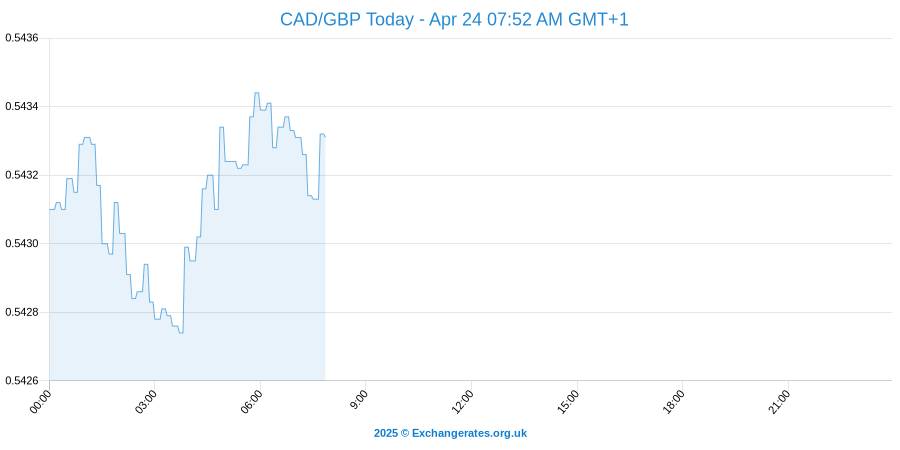

So what's a consumer to do? Peer-to-peer currency exchange Peiris refers to that mid-market rate as the only "real exchange rate." Consumers want to exchange at a rate that's close to the midpoint of those buy-and-sell rates. (Ryan Remiorz/Canadian Press)īank rates can be better, but they can also be worse. As with many purchases, it's "buyer beware."Ĭurrency exchanges post rates for buying or selling a currency. "Banks do work to ensure that the rates they offer are competitive, and they can be better than other foreign exchange providers," according to the Canadian Bankers Association.Īs a general rule, experts say you will get the worst rates at currency booths in airports and train stations. It should cost less exchanging your Canadian dollars at your neighbourhood bank before leaving on your trip.īut both the University of Toronto's Ambarish Chandra and Friedberg Mercantile Group's Michael Hart tell CBC News better rates exist elsewhere. "It's almost impossible to figure out, as a consumer, if you're getting a good deal," he says.Įxperts tell us, as a general rule, you will get the worst rates at currency booths in airports and train stations. Nilan Peiris, of TransferWise, a London-based online money-transfer company, says it's not easy for customers to find the best deal when it comes to money transfers. Options abound and it would be nice if there was a comparison-shopping website for currencies, but we didn't find one to recommend.

The data has been updated retroactively back to January 8, 2010.Īs of December 22, 2022, the source for Western Canadian Select in the BCPI switched from the New York Mercantile Exchange to Kalibrate Canada Inc. to a Saskatchewan barley price from Statistics Canada.Īs of July 14, 2022, the source for lumber in the BCPI switched from Random Lengths to the Chicago Mercantile Exchange.
#Bank of canada monthly exchange rate series#
The series are revised when the actual data become available.Īs of October 26, 2017, the coal price series has been revised over history to reflect the most up-to-date data from Natural Resources Canada.Īs of March 28, 2018, the source of the barley price has been switched from the Winnipeg Commodity Exchange to the Cash Grain Bid via Bloomberg L.P.Īs of January 16, 2020, the source of the barley price has been switched from the Cash Grain Bid via Bloomberg L.P. When data for the reference period are not immediately available, the most recent available data are repeated until the actual data are received. The monthly series are the averages for all days in the month. The weekly series are the averages for the five business days ending with the Wednesday. Prices for some commodities are available only weekly (these are usually available several weeks after the reference period) or monthly (usually available two months after the reference period). The prices for many of the commodities in the index are the averages of daily data.


 0 kommentar(er)
0 kommentar(er)
